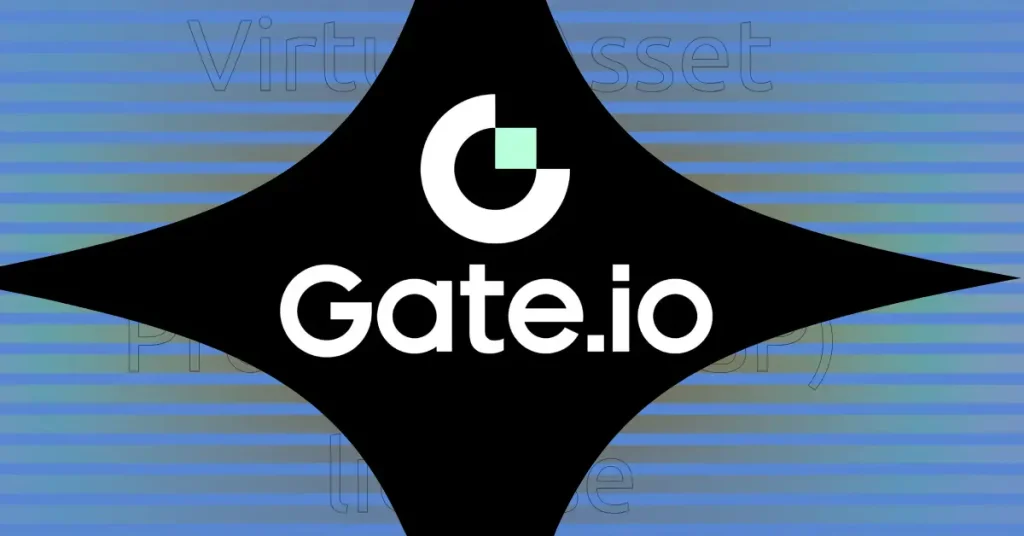Gate Shatters Scalability Barriers with Lightning-Fast, Ultra-Cheap Layer 2 Network Launch
Gate just dropped a blockchain bombshell that could reshape crypto infrastructure as we know it.
Breaking the Speed Limit
The new Layer 2 network processes transactions at speeds that make legacy chains look like dial-up internet. We're talking sub-second finality that handles thousands of operations simultaneously—without breaking a sweat.
Cost Revolution
Transaction fees plummet to fractions of a cent, demolishing the economic barriers that have kept mainstream adoption at bay. Finally, microtransactions become practical instead of theoretical.
Architecture Upgrade
Behind the scenes, a completely reimagined consensus mechanism bypasses traditional bottlenecks. The network achieves what older Layer 2 solutions promised but never delivered—real scalability without compromising decentralization.
Market Impact
This isn't just another tech upgrade; it's a direct challenge to the high-fee, slow-confirmation status quo that's been lining VC pockets for years. Traditional finance giants watching from the sidelines just got served notice—adapt or get left behind.
Because let's be honest: Wall Street still thinks blockchain innovation means adding another compliance officer to their payroll.

Gate, a leading cryptocurrency exchange, is rolling out major initiatives to boost blockchain adoption and the GT ecosystem.
The company unveiled Gate Layer, a high-performance LAYER 2 network, alongside upgrades to the GT ecosystem. These moves aim to enhance scalability, reduce costs, and provide users and developers with a more seamless blockchain experience.
Why Does This Matter?
Blockchain has long struggled with two major issues: high gas fees and slow transaction speeds. Gate Layer addresses these challenges by using advanced Layer 2 scaling technology.
By processing most activity off the main chain and settling only final results, it boosts speed, lowers costs, and keeps security intact.
Built on the industry-leading OP Stack and secured by GateChain, it is fully compatible with the ethereum Virtual Machine (EVM), offering low barriers, high-efficiency and low cost on-chain services for developers and users.
The Gate Layer features include:
- Full EVM compatibility
- Dual security from GateChain and GT staking
- Delivers high performance, with 5,700+ TPS and 1-second block times
- Ultra-low fees lower barriers
- Cross-chain interoperability via LayerZero, enabling asset transfers across Ethereum, BSC, Polygon, and more.
Gate Layer stands out for its ultra-low transaction costs, with processing one million transfers costing less than $30, compared with approximately $700 on Base, $2,000 on BSC, and $1,000 on Solana.
The “All in Web3” strategy
Notably, Gate Layer serves as the foundation for its “All in Web3” strategy. The initiative begins with the rollout of Core financial tools, supporting the full lifecycle of Web3 users. To achieve this, Gate is launching three flagship products:
- Perp: High-Performance Perpetual Futures Trading
- Gate Fun: No-code, Low-cost Token Launch Platform
- Meme Go: Real-Time Meme Token Trading Hub
GT will act as the exclusive gas token for Gate Layer and maintain its dual burn mechanism. As of Q2 2025, over 180 million GT, over 60% of the 300 million supply, have been permanently burned.
GateChain Enhancements
At the same time, GateChain has completed a significant upgrade to consensus v1.20, strengthening its role as the settlement layer for Gate Layer.
Key improvements include support for blob transactions (EIP-4844), an updated EVM to Cancun, support for 12 more EIPs and RPC Improvements.
The Growing Trend Layer 2s
This comes as major exchanges are turning to Layer 2 solutions to boost on-chain activity.
Coinbase launched its Layer 2, Base, on mainnet in August 2023. OKX followed with the launch of its Ethereum-based X Layer in April 2024.
Now, with Gate Layer entering the race, competition among exchange-backed Layer 2 networks is intensifying and setting the stage for the next phase of Web3 adoption.

